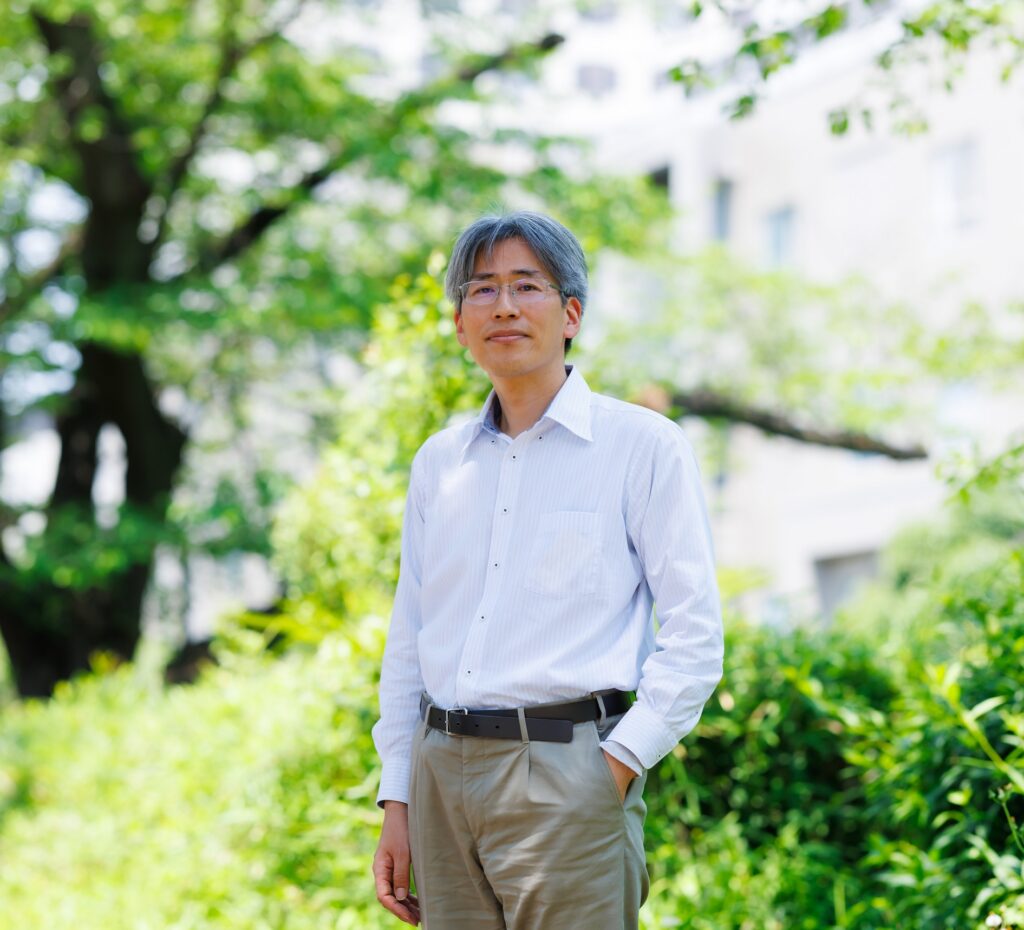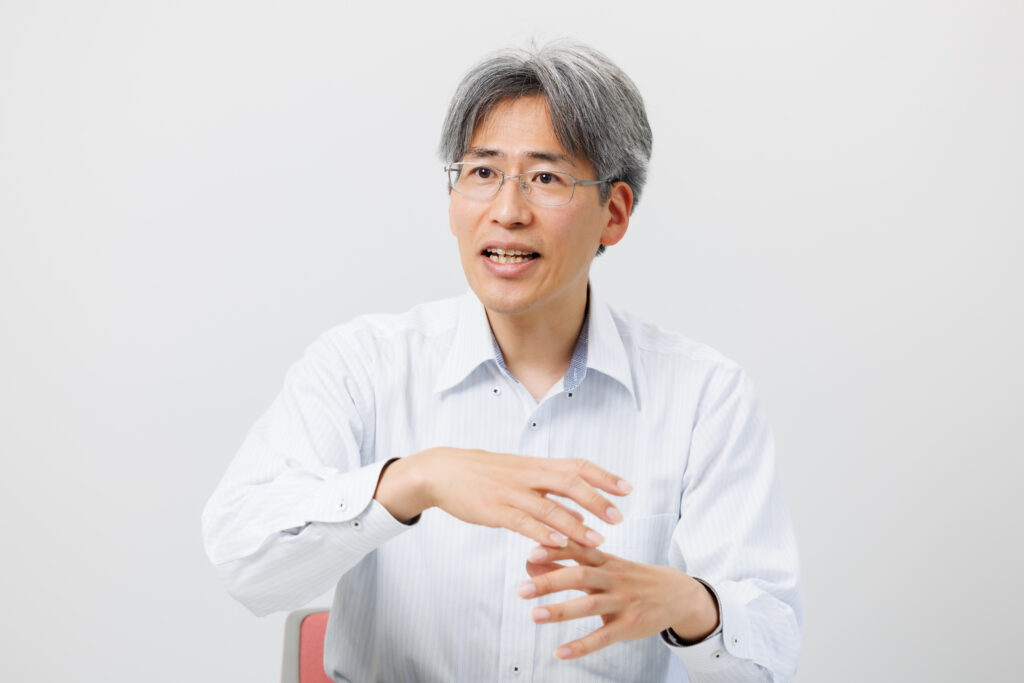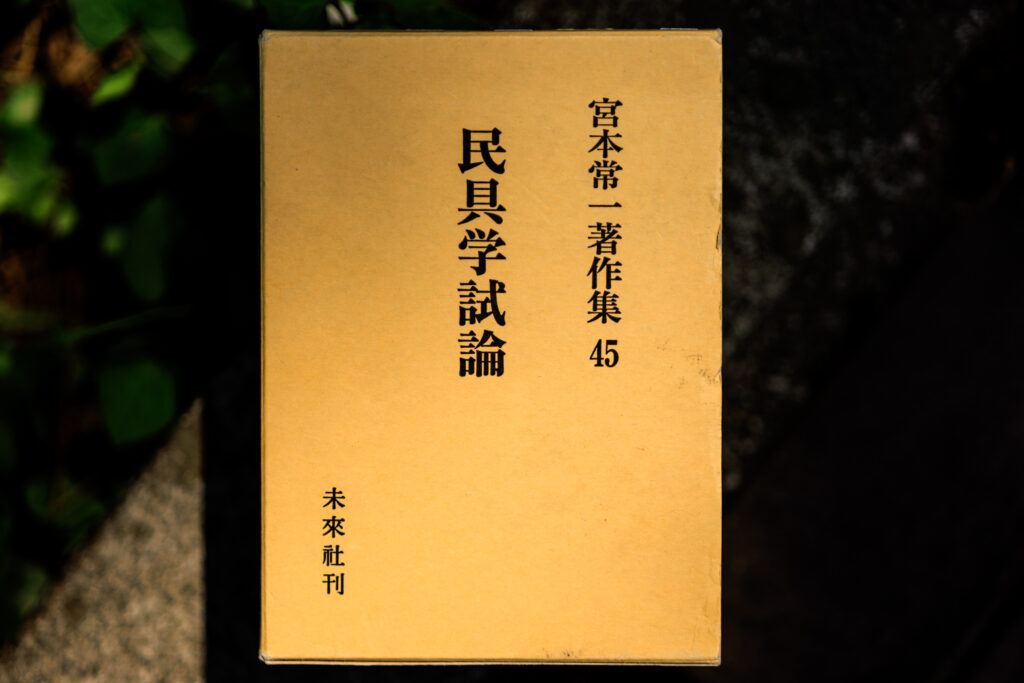
Professor Yoshinori Nakagawa of the Graduate School of Global Environmental Studies is an expert in future design, a methodology which attempts to incorporate the needs of a hypothetical future society in decision-making and policymaking. Here, he discusses the potential of future design, whose principles can be applied to all manner of issues.
I research future design, a methodology for academic research and practice that seeks to create a sustainable society and preserve environmental resources for future generations by incorporating their interests into decision-making and policymaking processes.
For example, when an organization such as national government, local government, or a private enterprise, uses future design to formulate a long-term vision, individuals need to visualize themselves as members of a hypothetical society set several decades in the future. Then they would consider what sort of society would be optimal for this future, and what decisions and choices they should make now to realize it.
However, fully visualizing oneself as a living member of a hypothetical future is easier said than done, and one aspect of future design research focuses on facilitating this visualization process to aid individuals in picturing a future society.
Some Japanese local governments already incorporate future design into their long-term planning processes. One pioneering local government is Yahaba Town in Iwate Prefecture, which has used future design in its civic workshops on waterworks and overall town planning.
Promoting future design through “kamishibai”

I visited Yahaba Town to interview a workshop participant who was adept at the visualization aspect of future design. I asked them about their experience and what impact visualizing themselves as a societal member of a potential future had on their daily lives.
I then used this experience to create a “kamishibai”—a form of Japanese storytelling using illustrated boards. My aim is to use this kamishibai to showcase to other local governments how future design can be used.
The value of future design does not end in workshop techniques. The key is to foster an organizational culture where the idea of envisioning oneself in the shoes of future generations is ingrained in all decision-making processes. I see my role as providing support to individuals who use this methodology to try and build better future societies.
Incorporating future design across academic fields
Future design was first proposed in 2015 and it is a methodology not yet established in academics. Nevertheless, it can be used by various organizations—including national governments, local governments, and private enterprises—to tackle diverse issues, including climate, environment, public finance, and declining birth rates.
To take one example, future design can be used when preparing for a potential Nankai Trough earthquake. The probability of a Nankai megathrust earthquake occurring in the next 30 years ranges from 70% to 80%. It is expected to trigger a giant tsunami over 10 meters high along Japan’s Pacific coast.
No one wants to think about the aftermath of such an earthquake. However, the Nankai Trough Earthquake is a fact for people living in the hypothetical future where this has occurred. Visualizing ourselves as members of this post-earthquake future can help alleviate fear and free us to think about disaster prevention in a more positive, more creative manner.
There is a method used in statistics known as regression analysis, which investigates the relationship between outcome variables and explanatory variables. This established method is used medicine, pharmacy, sociology, psychology and many academic fields. My goal is for future design to be as widely accepted as regression analysis, and be an accepted methodology across a range of disciplines.
The book I recommend
“Miyamoto Tsuneichi Chosakushu”(Collected Works of Tsuneichi Miyamoto)
by Tsuneichi Miyamoto, Miraisha

The ethnologist Tsuneichi Miyamoto has had a massive influence on my life. He visited every corner of Japan, speaking to and recording his conversations with elderly members of communities where there was evidence of pre-modern activity. His records are an important comparative reference for understanding more about the age in which we live.
-
Yoshinori Nakagawa
- Professor
Master’s (Doctoral) Program in Global Environmental Studies
Graduate School of Global Environmental Studies
- Professor
-
Professor Yoshinori Nakagawa graduated from the Department of Civil Engineering, Faculty of Engineering, the University of Tokyo, and received his Ph.D. under the supervision of Professor Hideyuki Horii from the university’s Graduate School of Engineering. After working as a research assistant at the University of Tokyo’s Graduate School of Engineering, and as a professor at the School of Economics & Management, Kochi University of Technology, he was appointed to his current post in April 2023. He is concurrently professor at the Research Institute for Humanity and Nature in Kyoto until the end of fiscal 2024.
- Master’s (Doctoral) Program in Global Environmental Studies
Interviewed: May 2023